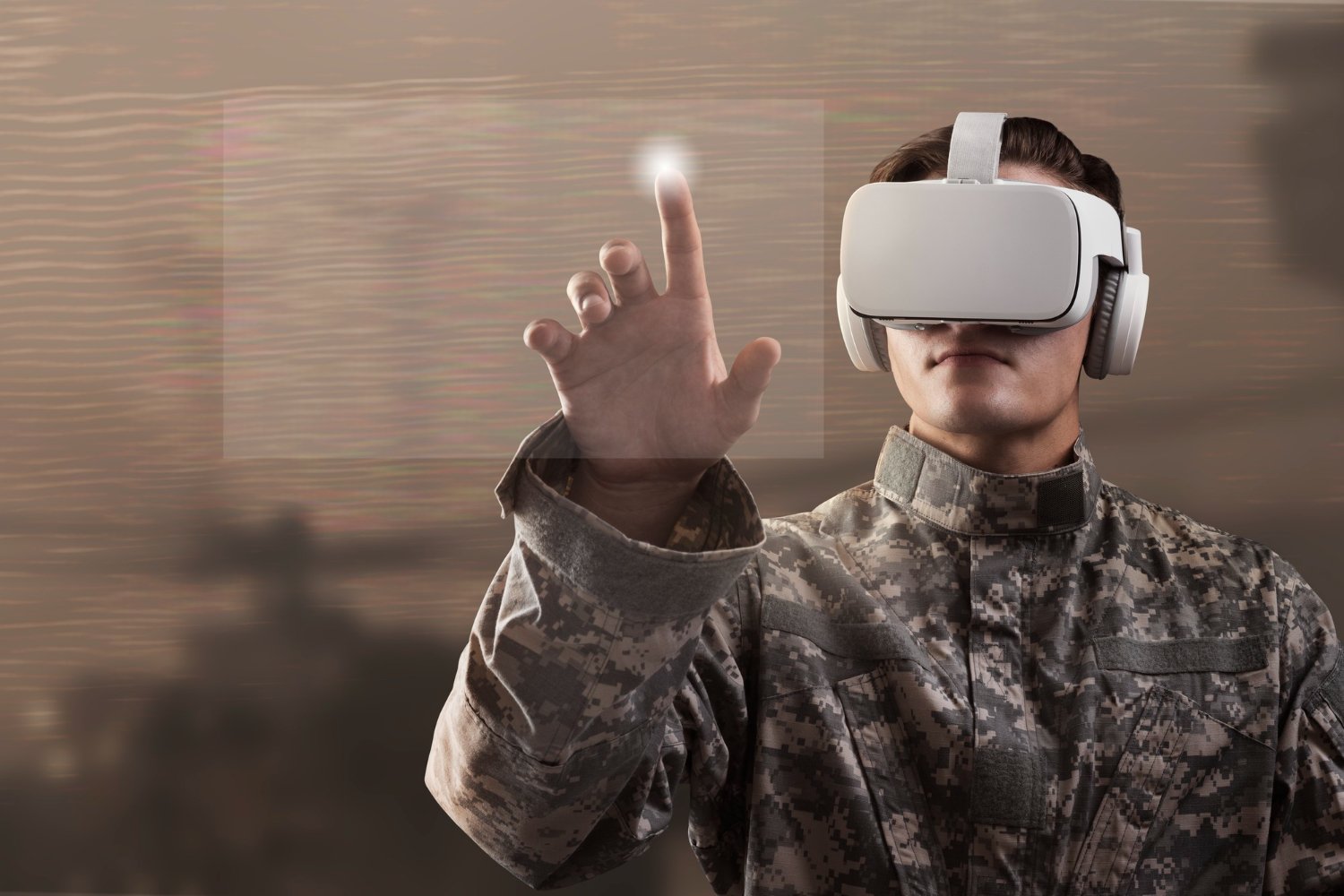Lidarmos is rapidly emerging as a term associated with innovation in sensing and spatial technology. It represents a fusion of advanced LIDAR (Light Detection and Ranging) methodologies with adaptive remote sensing systems that enhance accuracy, safety, and automation across various industries.
The evolution of lidarmos signals a shift in how machines perceive their environment—whether through autonomous vehicles, aerial drones, smart infrastructure, or robotics. This article delves into what lidarmos is, how it works, its key applications, and the advantages it offers in the era of intelligent systems.
What Is Lidarmos?
Lidarmos combines the core principles of traditional LIDAR—emitting laser pulses to measure distances—with modular software and real-time data analytics capabilities. This integrated system delivers high-resolution 3D maps and environment sensing with minimal latency.
The word “lidarmos” is not just a technical label; it implies a broader ecosystem of tools that include:
- Laser scanners
- Rotating or solid-state emitters
- Spatial AI processors
- Data fusion modules for visualization and navigation
At its core, lidarmos helps machines “see” their surroundings with exceptional precision, improving their decision-making capabilities in dynamic environments.
How Lidarmos Works
Lidarmos systems operate by emitting short bursts of laser light toward a target. When the light reflects back, sensors calculate the time it took for the pulse to return, allowing the system to measure distances with millimeter-level accuracy.
The major components of lidarmos include:
- Laser Emitter – Sends rapid light pulses in multiple directions.
- Photodetector Receiver – Captures reflected light to compute distances.
- Processor – Translates raw data into actionable 3D representations.
- Motion Sensors – Integrates with GPS, IMUs, and gyroscopes for spatial awareness.
This real-time spatial awareness enables lidarmos systems to work seamlessly in fast-paced environments, especially where traditional cameras or ultrasonic sensors might fail.
Key Applications of Lidarmos
1. Autonomous Vehicles
Lidarmos provides reliable obstacle detection, lane mapping, and pedestrian tracking in self-driving cars. Unlike cameras, it remains effective in poor lighting or adverse weather, making it crucial for autonomous mobility.
- Creates real-time 3D road maps
- Identifies objects like vehicles, trees, and road signs
- Assists in safe navigation and decision-making
2. Aerial Surveying with Drones
Drones equipped with lidarmos systems can map terrains, forests, and urban zones with high detail and accuracy. This has transformed fields such as:
- Civil engineering
- Environmental monitoring
- Mining and resource management
The portability and efficiency of lidarmos-equipped drones offer a faster, safer, and more affordable solution compared to traditional ground surveying.
3. Smart Cities and Infrastructure
Urban planning has adopted lidarmos to monitor traffic patterns, measure structural health of bridges or buildings, and create digital twins of entire city districts. These systems:
- Improve infrastructure maintenance
- Aid in disaster recovery planning
- Enhance public safety through automated surveillance
4. Agricultural Automation
Lidarmos empowers precision farming by helping autonomous tractors and drones assess crop health, measure plant height, and optimize irrigation. The accuracy of these readings translates to increased yield and reduced resource wastage.
5. Industrial Robotics
In manufacturing, lidarmos ensures precise robot alignment, inventory tracking, and collision avoidance. It improves automation efficiency in:
- Warehousing and logistics
- Assembly lines
- Inventory management systems
Advantages of Lidarmos Over Traditional Sensing
High Spatial Resolution
Lidarmos systems generate dense point clouds with centimeter or even millimeter accuracy. This level of detail outperforms radar or sonar in close-range object detection.
All-Weather Performance
Unlike cameras that struggle in fog or darkness, lidarmos functions in challenging lighting conditions. Its reliance on laser pulses makes it suitable for outdoor and unpredictable environments.
Real-Time Mapping
Lidarmos supports real-time 3D environment reconstruction, enabling immediate response and adjustment in dynamic scenarios. This is essential for safety-critical applications like autonomous vehicles.
Scalability
From compact mobile robots to high-altitude drones, lidarmos systems can be scaled to fit a range of sizes and power requirements without compromising performance.
Challenges Facing Lidarmos
Despite its benefits, lidarmos technology faces a few hurdles:
- Cost: High-end lidarmos units can be expensive, limiting mass adoption in cost-sensitive industries.
- Data Complexity: Processing and storing vast point cloud data requires advanced computing power and storage solutions.
- Environmental Sensitivity: Reflective surfaces or heavy precipitation may distort laser readings in some conditions.
However, recent innovations are addressing these challenges. Solid-state designs, AI-powered data processing, and edge computing are making lidarmos more affordable, efficient, and adaptable.
Lidarmos vs. LIDAR: What’s the Difference?
While LIDAR refers to the technology itself, lidarmos signifies an evolved ecosystem where traditional LIDAR is enhanced with smart software, sensor fusion, and real-time analytics.
| Feature | LIDAR | Lidarmos |
|---|---|---|
| Focus | Distance measurement | Spatial awareness + data processing |
| Data Output | Point clouds | Real-time 3D maps with AI integration |
| Adaptability | Static | Dynamic, modular, and environment-aware |
| Use Case | Standalone sensors | Integrated into intelligent systems & robots |
The emphasis of lidarmos is on performance at scale—especially for applications that require speed, adaptability, and cross-sensor fusion.
Future Outlook of Lidarmos Technology
As AI and robotics continue to evolve, lidarmos is positioned to play a vital role in shaping future innovation. Upcoming advancements may include:
- Smaller form factors for handheld mapping and mobile phones
- Lower power consumption for extended drone missions
- Edge AI integration for real-time autonomous decision-making
- Enhanced environmental resistance for use in harsh terrains or underwater
The integration of machine learning with lidarmos will further enhance predictive capabilities, transforming how environments are sensed, interpreted, and acted upon.
Final Thoughts
Lidarmos is redefining how we interact with machines and environments. It combines precision sensing with smart analytics to create responsive, real-world solutions in sectors ranging from mobility to agriculture and beyond.
As industries demand safer, faster, and more efficient technologies, lidarmos stands out as a pivotal innovation. Whether it’s powering the next self-driving car or automating the future farm, lidarmos is not just part of the sensing revolution—it’s leading it.

